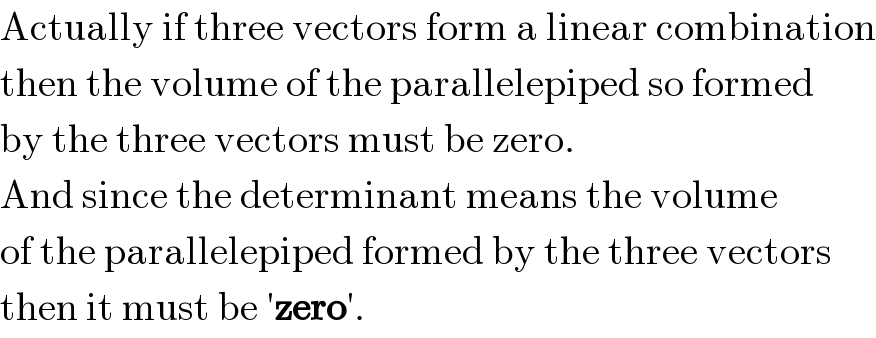
Question and Answers Forum
Question Number 93874 by i jagooll last updated on 15/May/20
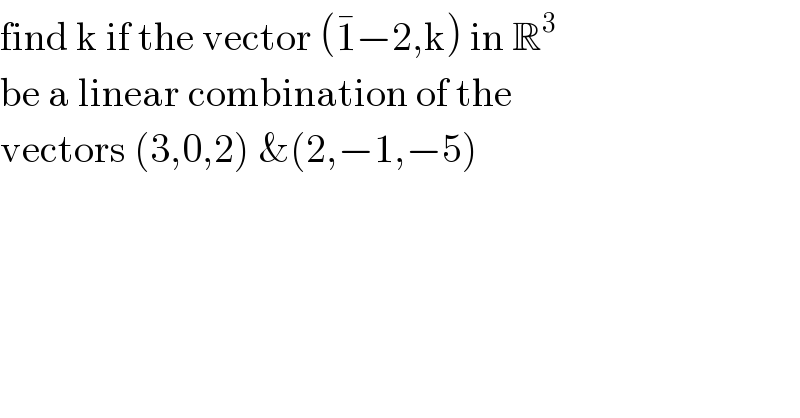
Commented byi jagooll last updated on 16/May/20
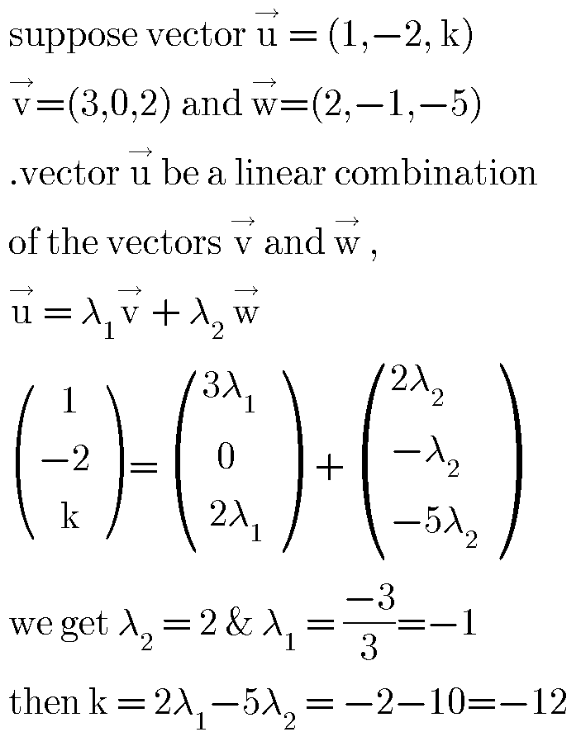
Commented byi jagooll last updated on 16/May/20

Commented byPRITHWISH SEN 2 last updated on 16/May/20

Commented byi jagooll last updated on 16/May/20

Answered by mr W last updated on 15/May/20
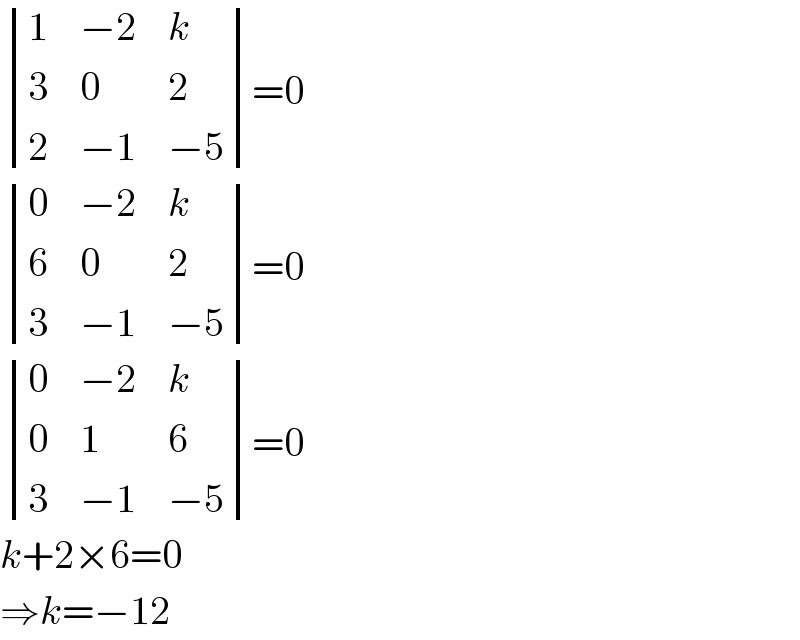
Commented byi jagooll last updated on 16/May/20

Commented bymr W last updated on 16/May/20
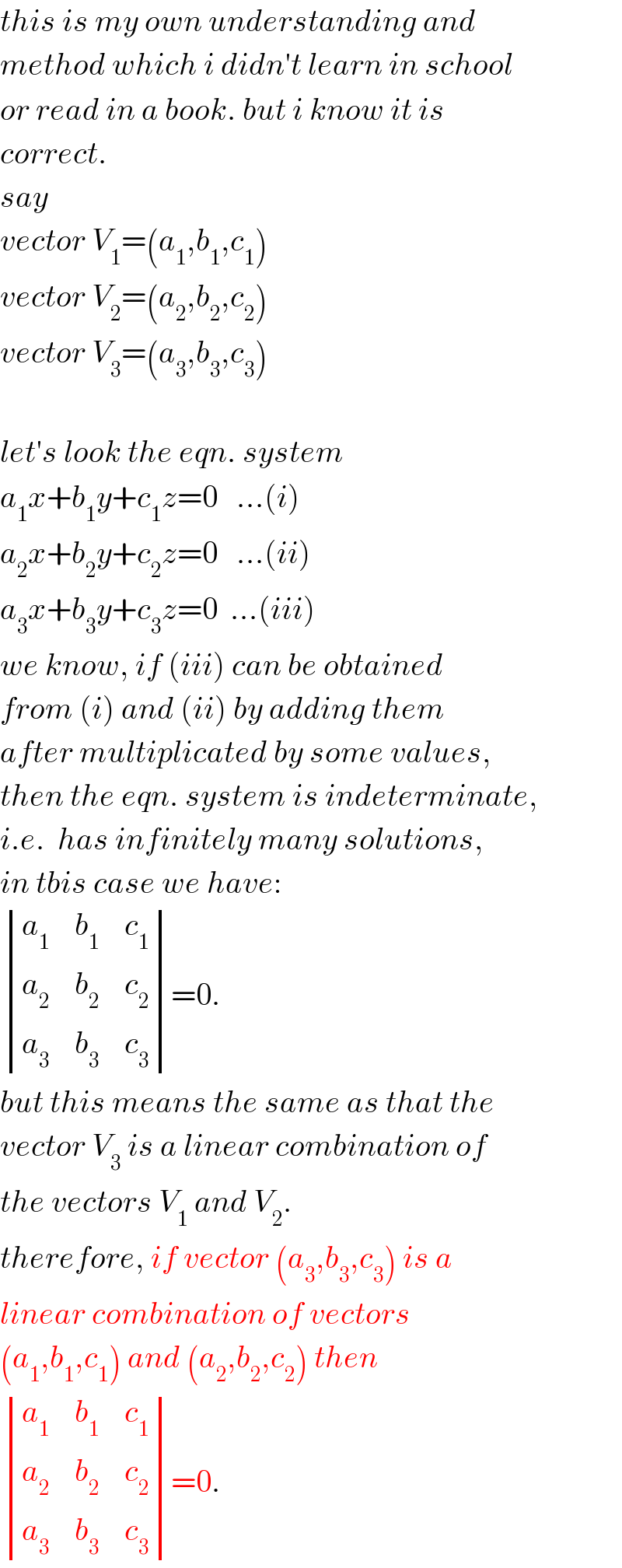
Commented byPRITHWISH SEN 2 last updated on 16/May/20
